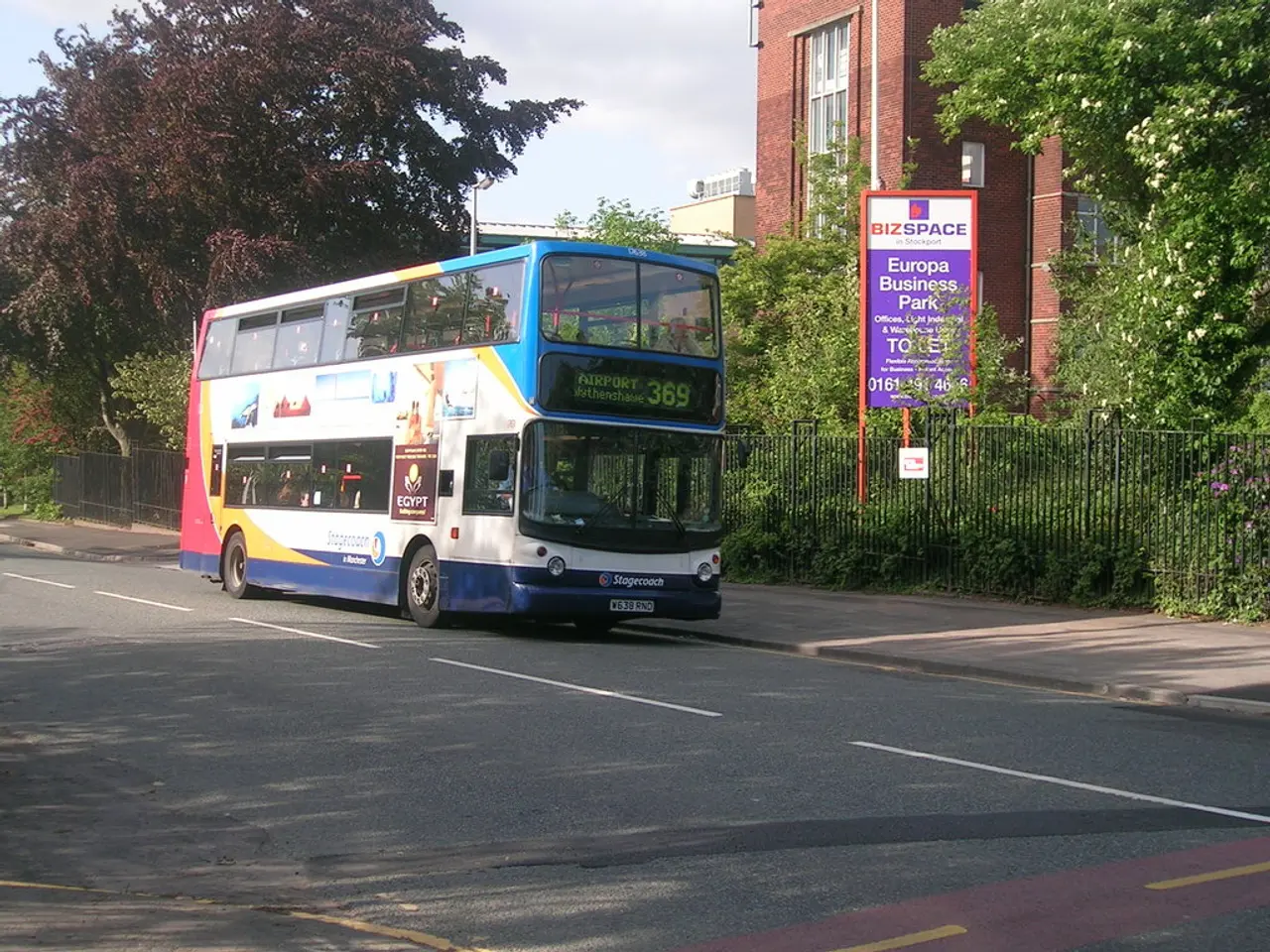India's Aadhar Cards Cross 1 Billion, Saving Rs 40,000 Crore Annually
India's digital revolution has reached a significant milestone with over 1 billion Aadhar cards issued, enabling direct subsidy disbursement and saving the government Rs 40,000 crore annually. However, the economy faces challenges such as declining investment and slow industrial growth, with bank non-performing assets (NPAs) at a high 9.3%.
Despite lower inflation, the 7th Pay Commission, and good monsoons, consumer demand revival has been slow, with industry capacity utilization remaining subdued. The Indian economy grapples with overcapacity and rising NPAs, totaling nearly Rs 7 lakh crore and growing by 2.5 times in two years. Banks have become cautious about lending and asset restructuring, with suggestions for a Public Sector Asset Rehabilitation Agency (PARA) and a National Asset Management Company.
To boost global demand, India aims to increase its share in global trade and drive export diversification. Progress has been made in ease of doing business, including registration of companies and single window clearance systems. A big push to digital transactions and financial technologies has taken place, with platforms like BHIM rolled out for merchants and consumers. Demonetisation and replacement with new notes are expected to benefit the regular economy and widen the tax base.
Major reforms such as the introduction of GST and reduction in corporate tax rates have been implemented to boost the economy. The state has managed the 'Bad Bank' since 2017 to take over the largest and most difficult cases of non-creditworthiness, reducing the debt burden. Despite challenges, India's digital revolution continues to transform the economy.








